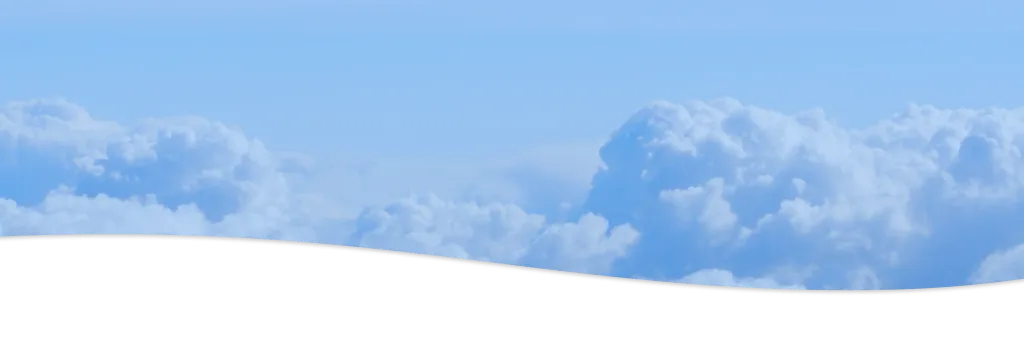
Costs
Pilot
How much does it cost to become a Pilot in 2025?
It is probably widely known. Pilot training is expensive, therefore it is important to get a clear picture of the financial requirements for pilot training in advance. In addition to the obvious training costs, several other expenses should not be underestimated. Find out below how pilot training costs in Europe and America are made up.
Costs by License
Note: Costs are based on average flight school data and may vary depending on flight school, location, and personal requirements.
Private Pilot License (PPL)
- Europe: 8000€ - 19,000€
- USA: $10,000 - $20,000
- Includes: Minimum required flight hours, ground school, and study materials.
Commercial Pilot License (CPL)
- Europe: 25,000€ - 50,000€
- USA: $22,000 - $47,000
- Includes: Minimum required flight hours, ground school, and study materials. PPL costs are included.
Airline Transport Pilot License (ATPL)
- Europe: 70,000€ - 140,000€
- USA: $80,000 - $155,000
- Includes: Minimum required flight hours, MCC course, UPRT course, ground school, and study materials. PPL and CPL costs are included.
Hidden Costs
The fixed costs are recognisable at first glance. But be aware that during pilot training there are also costs that might not be obvious in advance and could surprise a student later on.
- Accommodation: Some programs already include housing, and some don't. Often students need to relocate during training and rent apartments.
- Living Expenses: Daily costs for meals, transportation, and personal needs.
- Personal Gear: Equipment like a headset, flight charts, and uniform.
- Medical Examination: The costs for the initial examination (approx. 700 €) and the yearly renewal examinations (approx. 200 €).
- Insurance: Optional costs for insurance, such as loss of license.
- Type Rating: After the training has been completed, it may be necessary to obtain an additional type rating. This authorises pilots to fly a certain type of aircraft, e.g., an Airbus A320. The costs for this are usually covered by the airline itself, but in some cases, the applicant must cover the costs themselves. These can be between 20,000€ and 50,000€

Founding Options
Self-Funding
- It is probably the most commonly used method to pay for flight training. Often private funds are used or, support is provided by family members. If insufficient financial resources are available, one option could be to choose the modular training option, which gives more flexibility in the training course.
Student Loans
- Financing tailored specifically to the aviation industry helps aspiring pilots to overcome financial hurdles. These loans offer flexible repayment plans and adapt to the pilot's career. Flight schools widely provide assistance to their students in securing those loans. There is often a repayment-free period during training.
Cadet Programs
- There are some cadet programs in which costs are partially or completely covered by the airline, and students are subsequently taken over directly by the airline. It is relatively uncommon today for the entire cost to be covered. However, there are still programs in which student pilots undergo an assessment before starting their training and already receive a conditional job guarantee.
Military Training
- Combining pilot training with a military career offers a fully sponsored career, but this comes with compulsory military service.